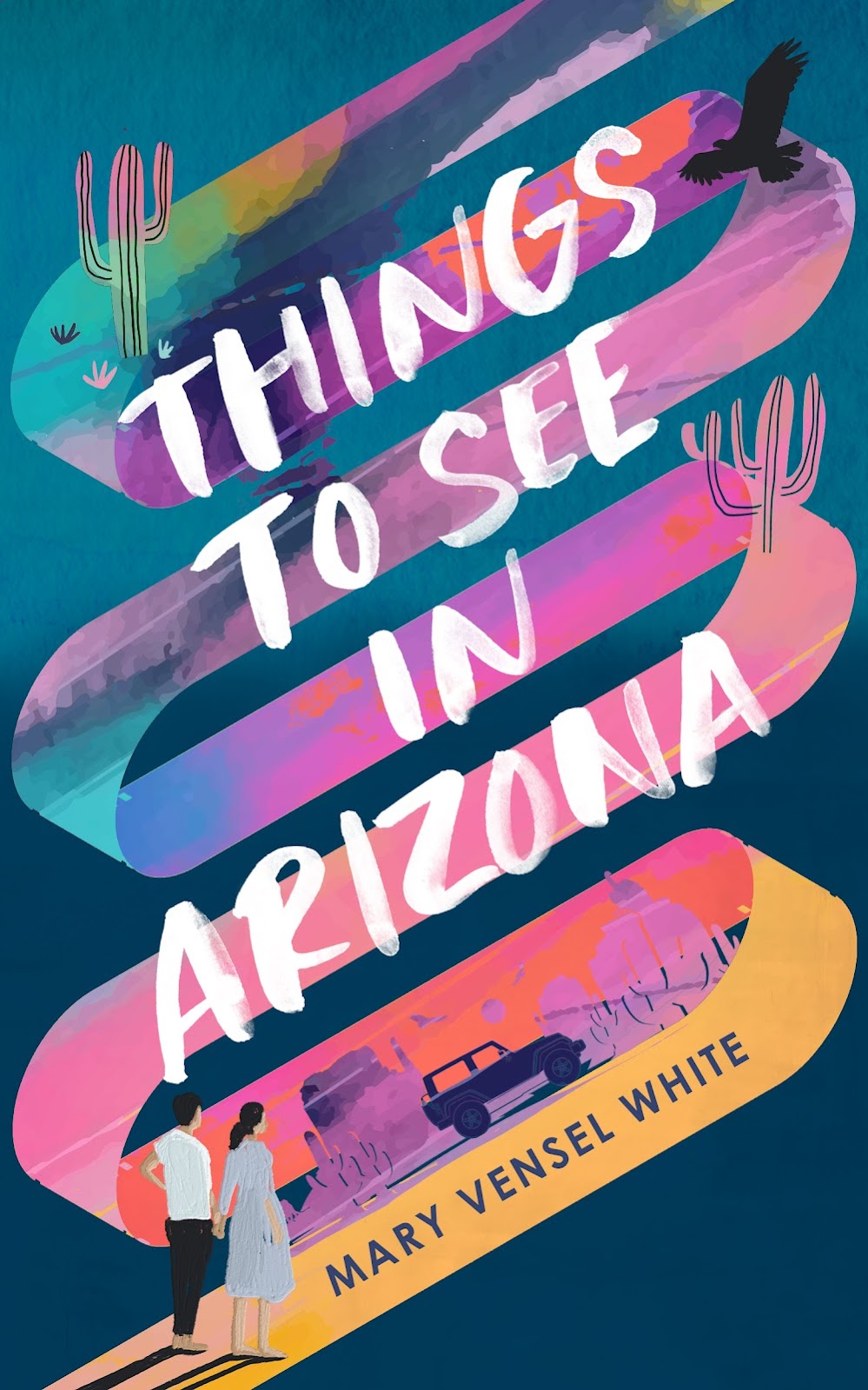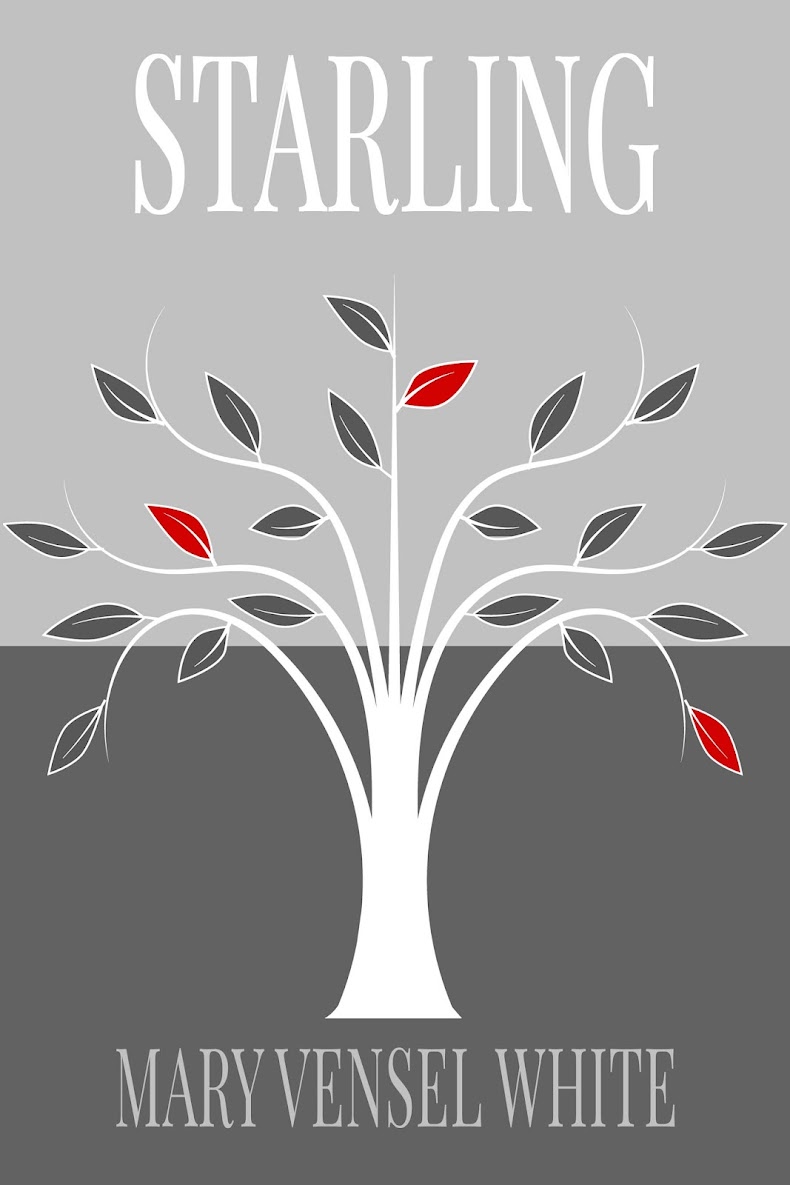Recently, I moved to a new home. Throughout my life, I have lived in
close to two dozen dwellings; this latest is notable for being the first home
purchased on my own. Houses matter quite a bit to some people, don’t they? Our
sense of success and achievement, our identity, even a sense of inner peace—all
can be influenced by the particular four walls we find ourselves within. To me,
moving isn’t the dramatic affair it is for many. As I get older, the mechanics of
it certainly have become more arduous but I’ve always enjoyed a new perspective,
new surroundings. Having lived in so many homes, I find that some stand out and
others fade from memory, and this isn’t always connected to the length of time
spent in the place. Some homes have an unforgettable quality that plants them
firmly in the consciousness, some are more beloved because of the events that
occurred while living there, and some take on a dark hue for the same reason.
For some fiction writers, a story begins with setting, and
houses often become a starting point. In creative writing, houses can be an
important element, rising up to assert their presence alongside other, human characters.
Perhaps you’re already thinking of a book that features a house as an ominous,
reassuring, steadfast, or other type of entity. Here are some I won’t be
reading this summer, either because I’ve already read them, or because I chose
otherwise:
The House of the Spirits by Isabel Allende
A Man Called Ove by Fredrik Backman
The Secret Garden by Frances Hodgson Burnett
Room by Emma Donoghue
House of Sand and Fog by Andre Dubus III
Rebecca by Daphne Du Maurier
The Great Gatsby by F. Scott Fitzgerald
The Turner House by Angela Flournoy
The Past by Tessa Hadley
The Remains of the Day by Kazuo Ishiguro
We Have Always Lived in the Castle by Shirley Jackson
The Hundred-Year House by Rebecca Makkai
Housekeeping by Marilynne Robinson
The Door by Magda Szabo
Yes, I know there are many more! These are some that were mentioned
or occurred to me. Please do comment with your favorite books that feature a
notable house. My first novel would certainly fall into this category, that
story about a young couple sorting through the belongings inside an old,
country house. And certainly my next novel, Starling (coming soon!), has much to say about homes and how they can comfort and confine.
What is my purpose for ruminating about houses in books?
Faithful readers of this blog know that over the summer months, I become happily
obsessed with a theme. Two years ago, I read books all about trees and last
summer while we were shut down, I read books connected to France in some
way. For 2021, my reading project will be Summer of Houses, books that feature
a house as a key element. I have chosen four, which I’ll read in the order
shown. As always, I welcome readers who would like to join in! My choices are:
The Haunting of Hill House by Shirley Jackson
It could be said that my entire summer theme started here,
with this well-known book I’ve never read! You may know it from the 2018
Netflix series, but if you don’t know the novel, join me in reading this classic
written by a force of nature, Shirley Jackson. Published in 1959, it’s the
story of four protagonists who arrive at Hill House, seeking evidence of its
haunted nature. They get that, and much more.
White is for Witching by Helen Oyeyemi
The house in question in this 2009 novel is Silver
House, a family home now converted to a bed-and-breakfast in Dover, England. The
house has always been occupied by generations of Silver women like Miranda, who
begins to suffer strange ailments after the death of her mother. The book is
hailed as “boldly original, terrifying, and elegant,” and its author is often
compared to Shirley Jackson so it’s the perfect follow-up to my first choice.
Deathless by Catherynne M. Valente
This book is a less obvious choice for my theme, but one
that jumped out to me when scouring lists. Marya Morevna watches from the
window of her upper middle-class home in Saint Petersburg as suitors arrive for
her sisters. But the suitors are first birds who transform before her eyes into
men. This 2011 novel combines the Russian fairy tale, "The Death of Koschei the
Deathless," with the events and aftermath of the Russian Revolution, in what the
publisher calls “a collision of magical history and actual history, of revolution
and mythology, of love and death.” I’m very excited about this read.
The Yellow House by Sarah M. Broom
This memoir, winner of the 2019 National Book Award in
Nonfiction, is ambitious in its scope: it spans one hundred years of the author’s
family history and relationship to their home in New Orleans. The Yellow House
magnifies a segment of the city unseen in tourist guides “to demonstrate how
enduring drives of clan, pride, and familial love resist and defy erasure”
through natural disasters, class inequality, and other challenges.
As always, I’ll be posting to report on my progress. In the meantime, enjoy your summer, your own reading choices for the warmer months, and the comfort of your current dwelling.



























